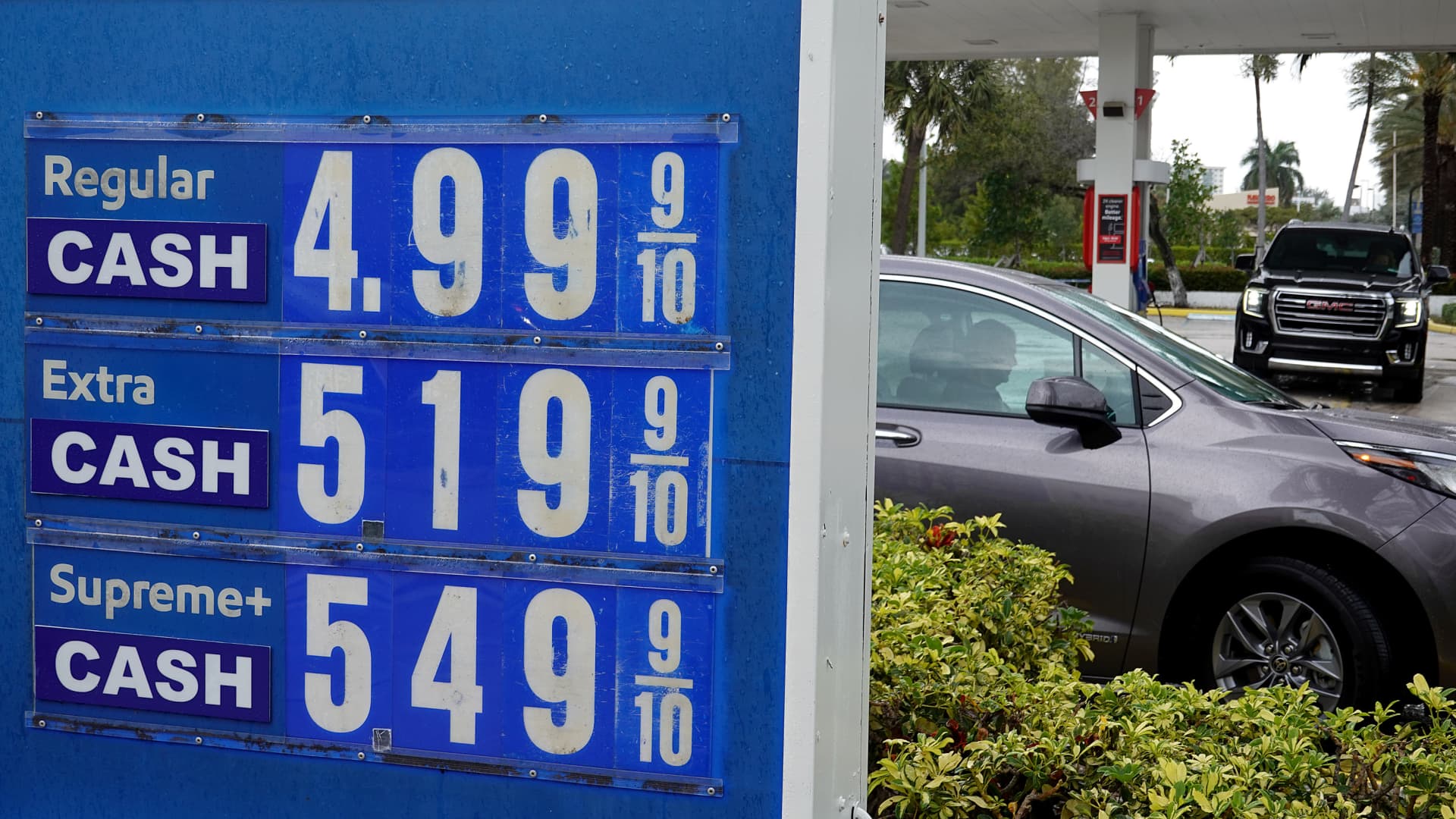Energy
Monday, January 22nd, 2024 7:08 pm EDT
Key Points
Ukrainian Drone Attack and Oil Price Surge:
-
- Oil prices experienced an increase on Monday following reports of a drone attack by Ukraine on a major Russian fuel terminal over the weekend.
- The West Texas Intermediate (WTI) futures contract for February gained $2.13, or 2.9%, trading at $75.54 a barrel, while the Brent contract for March rose $1.74, or 2.21%, reaching $80.30 a barrel.
- Ukrainian drones targeted the Ust-Luga facility near St. Petersburg on the Baltic Sea, a significant fuel export terminal that exports 1.35 million barrels per day of crude oil, fuel, and refined products.
Geopolitical Tensions and Market Impact:
-
- The drone attack raised concerns about the vulnerability of oil facilities to drone strikes, not only in Russia but also globally, particularly in the Middle East.
- Analysts expressed concerns about the potential implications of Ukrainians targeting Russian oil infrastructure, considering it a significant problem that could be a game-changer if such attacks continue.
- In the Middle East, U.S. personnel are being evaluated for traumatic brain injuries after militants allied with Iran attacked an airbase in Iraq, contributing to worries about the U.S. and Iran being drawn into a regional conflict that could disrupt oil supplies.
Supply and Demand Outlook and Market Sentiment:
-
- Traders have generally been more focused on the supply and demand outlook rather than geopolitical risks, with geopolitical events impacting market sentiment.
- The International Energy Agency (IEA) presents a bearish forecast for 2024, projecting that production outside OPEC, especially in the U.S., will rise by about 1.5 million barrels per day, exceeding global demand growth of 1.2 million barrels per day.
- OPEC, however, offers a more optimistic outlook, forecasting oil demand to grow by 2.2 million barrels per day, with production outside OPEC expected to increase by 1.3 million barrels per day.
- Investors express a desire to be bullish, but tepid data and a cautious narrative from policymakers are keeping them on the backfoot, reflecting the delicate balance between geopolitical tensions and broader energy market dynamics.
Oil prices experienced a surge on Monday as reports emerged that Ukraine had attacked a major Russian fuel terminal over the weekend, reigniting concerns about potential disruptions in the global oil supply. The West Texas Intermediate (WTI) futures contract for February rose by $2.13, or 2.9%, reaching $75.54 per barrel, while the Brent contract for March increased by $1.74, or 2.21%, trading at $80.30 per barrel. Ukrainian drones reportedly targeted the Ust-Luga facility near St. Petersburg on the Baltic Sea, a major fuel export terminal that exports 1.35 million barrels per day of crude oil, fuel, and refined products. This attack prompts questions about whether it signifies a policy decision by Ukraine to target Russian oil infrastructure, potentially posing a significant problem. The vulnerability of such facilities to drone strikes, not only in Russia but globally, is emphasized, particularly in the Middle East. The attack on the Russian facility is seen as a potential game-changer, and concerns are growing that the U.S. and Iran might be drawn into a regional conflict that could disrupt oil supplies. In the Middle East, U.S. personnel are being evaluated for traumatic brain injuries after militants allied with Iran attacked an airbase in Iraq. Ongoing attacks by Houthi militants in the Red Sea are also contributing to worries about potential disruptions in crucial trade arteries. On a separate note, Libya’s National Oil Corporation resumed full production at the Sharara oilfield after a two-week shutdown due to protests. While geopolitical risks are on the rise, traders have been generally focused on the supply and demand outlook. The International Energy Agency’s bearish forecast for 2024, projecting increased production outside OPEC, particularly in the U.S., has been countered by OPEC’s more optimistic outlook, anticipating growing oil demand and slightly lower production growth outside OPEC. Investors remain cautious due to tepid data and a careful narrative from policymakers, despite the desire for bullish positions in the market. The situation reflects a delicate balance between geopolitical tensions and the broader energy market dynamics, with uncertainties about how these factors will influence oil prices in the near future.
For the full original article on CNBC, please click here: https://www.cnbc.com/2024/01/22/oil-prices-steady-as-investors-weigh-libya-oilfield-restart-mideast-tensions.html




